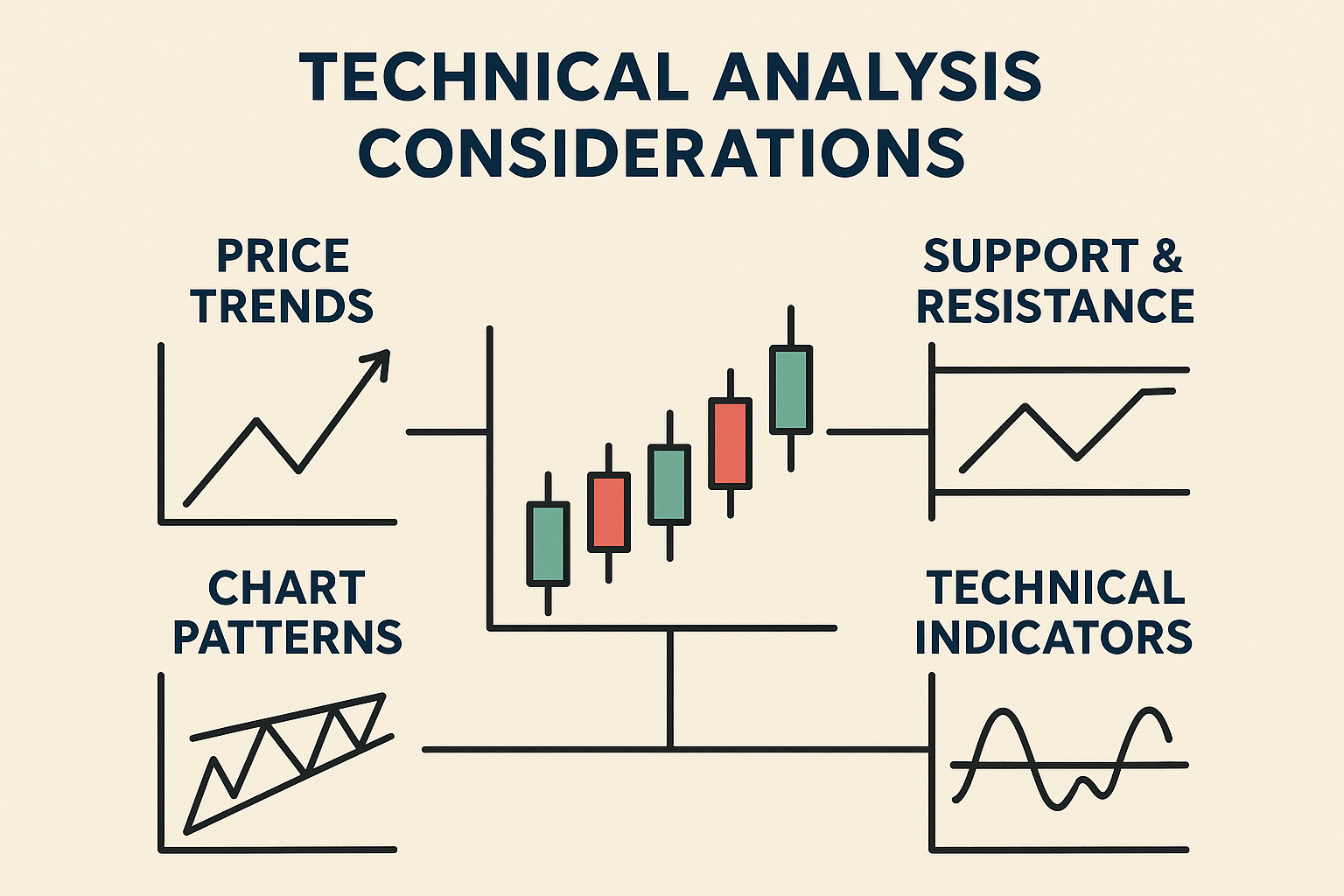Bitcoin dominance slips to its lowest point since February, marking a pivotal moment for digital asset markets. This decline in Bitcoin’s market share signals a broader transformation within the crypto ecosystem, where alternative cryptocurrencies are gaining substantial traction and investor confidence. As Bitcoin dominance slips below critical threshold levels, traders and investors are closely monitoring these developments to understand their implications for portfolio strategies and market dynamics. The current market conditions suggest that we may be entering a new phase of crypto market evolution, where diversification beyond Bitcoin becomes increasingly attractive to both institutional and retail investors.
Bitcoin Dominance in Cryptocurrency Markets
Bitcoin dominance represents the percentage of the total cryptocurrency market capitalization that Bitcoin holds. When Bitcoin dominance slips, it indicates that other cryptocurrencies are gaining market share relative to the leading digital asset. This metric serves as a crucial indicator for understanding market sentiment, investor preferences, and the overall health of the cryptocurrency ecosystem.
How Bitcoin Dominance is Calculated
The calculation of Bitcoin dominance involves dividing Bitcoin’s market capitalization by the total cryptocurrency market capitalization, then multiplying by 100 to get a percentage. As Bitcoin’s market share decreases, altcoins collectively represent a larger portion of the overall market value. This mathematical relationship provides insights into the relative performance and adoption rates of different digital assets.
Currently, the methodology includes all cryptocurrencies tracked by major market data providers, creating a comprehensive view of market dynamics. When Bitcoin dominance falls significantly, it often coincides with periods of increased activity in altcoin markets, commonly referred to as “altcoin seasons.”
Historical Context of Bitcoin Market Share
Throughout Bitcoin’s history, its dominance has fluctuated considerably, reaching peaks above 90% in its early years and experiencing various cycles of decline and recovery. The recent period where Bitcoin’s dominance slips represents a continuation of long-term trends toward market diversification and the maturation of alternative cryptocurrency projects.
During the 2017-2018 bull run, Bitcoin dominance dropped to around 35% as Initial Coin Offerings (ICOs) and numerous altcoins captured significant market attention. The pattern of declining Bitcoin dominance often correlates with broader market optimism and increased risk appetite among cryptocurrency investors.
Current Market Analysis: February Lows Revisited
The latest data show that Bitcoin’s dominance has slipped to levels not seen since February, when the cryptocurrency market was experiencing different macroeconomic conditions and investor sentiment patterns. This decline reflects several converging factors that are reshaping the digital asset landscape.
Altcoin Performance Driving the Shift

Several major altcoins have demonstrated strong performance, contributing to a situation where Bitcoin’s dominance is decreasing. Ethereum, with its ongoing developments in decentralized finance (DeFi) and non-fungible tokens (NFTs), has captured significant market share. Additionally, other innovative contract platforms, layer-1 blockchains, and emerging technologies are attracting substantial investment flows.
The performance of altcoins during this period suggests that investors are increasingly comfortable diversifying beyond Bitcoin, seeking exposure to different blockchain technologies and use cases. This trend directly impacts how Bitcoin market share is distributed across the broader cryptocurrency ecosystem.
Institutional Investment Patterns
Institutional investors are no longer exclusively focused on Bitcoin, with many expanding their cryptocurrency portfolios to include Ethereum and other established altcoins. This institutional diversification contributes to the trend where Bitcoin dominance falls, as large-scale investments flow into alternative digital assets.
Major corporations, hedge funds, and investment firms are adopting more sophisticated cryptocurrency strategies that recognize the value proposition of various blockchain projects. This institutional evolution supports the sustainability of lower Bitcoin dominance levels compared to historical norms.
Factors Contributing to Declining Bitcoin Dominance
Enhanced Altcoin Utility and Innovation
The cryptocurrency space has witnessed remarkable innovation in recent years, with numerous projects delivering real-world utility and technological advancement. As Bitcoin’s dominance wanes, it reflects the market’s acknowledgment of these innovations and their potential for value creation.
Innovative contract platforms like Ethereum, Solana, and Cardano have developed robust ecosystems supporting decentralized applications, creating tangible use cases beyond store-of-value functions. These platforms generate network fees, support economic activity, and demonstrate measurable adoption metrics that justify their market valuations.
Regulatory Clarity and Market Maturation
Improved regulatory frameworks in various jurisdictions have provided clarity for alternative cryptocurrencies, enabling institutional investors to participate beyond Bitcoin. As Bitcoin’s market dominance decreases, it partly reflects the regulatory maturation that allows for broader cryptocurrency adoption.
The approval of Bitcoin ETFs and similar financial products for other cryptocurrencies has created more accessible investment vehicles for traditional investors. This accessibility enables the distribution of investment capital across multiple digital assets, rather than concentrating solely on Bcoinonei and Web3 Ecosystem Growth
The explosive growth of decentralized finance protocols and Web3 applications has created substantial value within altcoin ecosystems. Many of these applications require native tokens for governance, transaction fees, and protocol participation, driving demand for alternatives to Bitcoin.
As Bitcoin dominance slips, the rise of DeFi total value locked (TVL), NFT marketplaces, and decentralized autonomous organizations (DAOs) demonstrates the expanding utility of blockchain technology beyond digital gold narratives.
Market Implications and Investment Strategies
Portfolio Diversification Opportunities
The current environment, where Bitcoin dominance is falling, presents both opportunities and challenges for cryptocurrency investors. Diversification strategies that were once considered risky are now becoming mainstream approaches for managing cryptocurrency exposure.
Investors are increasingly adopting allocation models that include Bitcoin alongside carefully selected altcoins based on fundamental analysis, technological merit, and market positioning. This strategic approach recognizes that declining Bitcoin dominance may represent a structural shift rather than a temporary market anomaly.
Risk Assessment in Lower Dominance Periods
While Bitcoin dominance slips create opportunities for altcoin investments, they also introduce additional complexity in risk management. Altcoins typically exhibit higher volatility and correlation during market stress periods, requiring more sophisticated portfolio management approaches.
Experienced traders understand that periods of decreasing Bitcoin market share can be followed by rapid reversals, particularly during broader market corrections. This historical pattern emphasizes the importance of maintaining balanced exposure and risk management protocols.
Technical Analysis Considerations

From a technical analysis perspective, Bitcoin dominance levels serve as essential indicators for market timing and asset allocation decisions. Chart patterns, support and resistance levels, and momentum indicators, when applied to dominance metrics, provide insights into potential market rotations.
Current technical indicators suggest that Bitcoin dominance may continue facing downward pressure, supported by strong altcoin fundamentals and continued institutional adoption of diversified cryptocurrency strategies.
Global Economic Factors Influencing Dominance
Macroeconomic Environment Impact
The broader macroeconomic environment has a significant influence on cryptocurrency market dynamics and Bitcoin’s dominance patterns. Current conditions, including inflation concerns, central bank policies, and geopolitical tensions, create complex forces affecting digital asset allocation preferences.
As traditional financial markets seek alternatives to conventional assets, the cryptocurrency space benefits from increased attention and capital flows. However, this capital doesn’t necessarily flow exclusively to Bitcoin, contributing to scenarios where Bitcoin market dominance decreases as investors explore various digital asset opportunities.
International Adoption Trends
Different regions exhibit varying preferences for cryptocurrency adoption, with some markets showing more substantial interest in alternative digital assets compared to Bitcoin. These regional preferences influence global market dynamics and contribute to the decline in Bitcoin dominance patterns.
Countries with developing digital payment infrastructures often adopt various cryptocurrencies for different use cases, ranging from remittances to decentralized finance applications. This diverse adoption supports the thesis that Bitcoin’s market share may continue evolving as global cryptocurrency usage matures.
Future Outlook and Market Predictions
Long-term Dominance Projections
Market analysts present diverse opinions regarding future Bitcoin dominance trends, with some predicting further declines while others anticipate periodic reversals. The long-term trajectory is likely to depend on Bitcoin’s evolution, regulatory developments, and continued innovation within the broader cryptocurrency ecosystem.
Historical patterns suggest that Bitcoin dominance experiences cyclical behavior, with periods of decline followed by recovery phases. However, the overall trend toward lower dominance levels reflects the maturation and diversification of the cryptocurrency market structure.
Technology Development Impact
Ongoing technological developments within the Bitcoin network, including the adoption of the Lightning Network and potential innovative contract capabilities, may influence future dominance patterns. These improvements could help Bitcoin maintain or recover its market share, despite current trends where Bitcoin’s dominance is slipping.
Simultaneously, continued innovation in altcoin projects, including improvements in scalability, interoperability, and user experience, may support sustained lower Bitcoin dominance levels. The competition between different blockchain technologies creates dynamic market conditions that influence investor preferences and capital allocation decisions.
Institutional Strategy Evolution
As institutional cryptocurrency adoption matures, investment strategies are becoming more sophisticated and diversified. Professional fund managers increasingly recognize the value of multi-asset cryptocurrency portfolios, supporting conditions where Bitcoin’s dominance continues declining.
Educational initiatives, improved custody solutions, and regulatory clarity enable institutions to invest safely in various cryptocurrencies beyond Bitcoin. This institutional evolution represents a fundamental shift that may permanently alter Bitcoin dominance patterns compared to earlier market cycles.
Conclusion:
The current situation, where Bitcoin dominance slips to its lowest level since February, represents more than a temporary market fluctuation—it signals the continued maturation and diversification of the cryptocurrency ecosystem. Investors, traders, and market participants must adapt their strategies to this evolving landscape while maintaining awareness of the cyclical nature of cryptocurrency markets.
Understanding the factors driving the decline in Bitcoin dominance enables more informed investment decisions and more effective portfolio management approaches. Whether this trend continues depends on numerous variables, including technological developments, regulatory changes, institutional adoption patterns, and broader macroeconomic conditions.
Read more: Bitcoin Dominance Reaching 71% Is Important for Altcoin?


